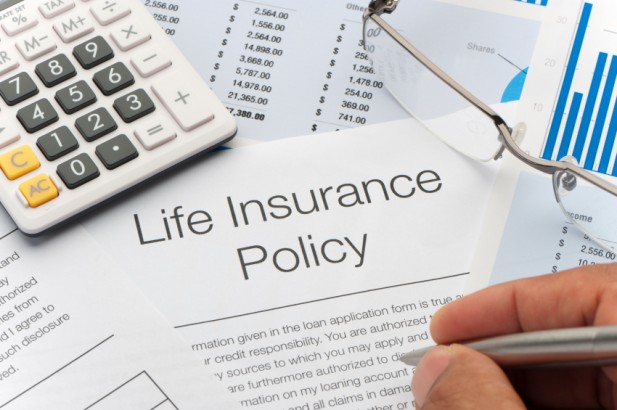What is Accidental Death and Dismemberment Coverage?

Accidental Death and Dismemberment insurance pays a benefit to the insured person or beneficiary if the cause of death or injury is an accident. This is a form of life insurance and it is not an investment product.
An Accidental Death policy, or rider, is a similar type of policy; however it only becomes payable if the insured dies in an accident. An Accidental Death benefit is payable up to a specified amount regardless of other life insurance you may have. For example, if you have a life insurance policy with a $50,000 limit of coverage and an Accidental Death policy for the same amount, $100,000 would be payable if the cause of death or injury was an accident.
A standard Accidental Death and Dismemberment policy provides coverage if the insured suffers a fatal accident or if an accident results in the loss of hearing, eyesight, speech, or a limb. In these instances the policy would pay a specified amount.
Dismemberment policies often pay out based upon a “per member’ basis. For example, if you were injured and lost a hand, foot, limb, or loss of sight in one eye, you would likely receive a payment from the insurer that represents a percentage of the maximum benefit payable. A loss of two members (including loss of speech or hearing), would often result in payment of the entire benefit. There may also separate amounts of coverage payable for partial and complete paralysis.
The coverage often applies only if the death or injury occurs within a specified timeframe of the accident date and if the death or injury is a direct result of an accident. Some examples of accidents defined in the standard policy are a motor vehicle accident, heavy equipment accident, homicide, and drowning.
The policy will usually also set out situations in which coverage will not apply; these are known as policy exclusions. Some common policy exclusions include illness, suicide, death during surgery, and war injury. The policy may also exclude coverage for death or injury resulting from participation in certain high risk activities such as skydiving and car racing.
It is very important to read your policy. It’s always a good idea to seek the advice of an expert and contact your insurance broker or agent to ensure you fully understand what’s covered and to determine if the type of coverage meets your needs.
